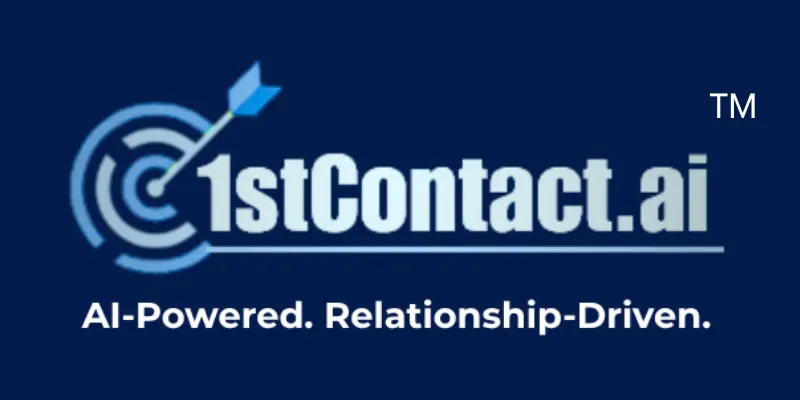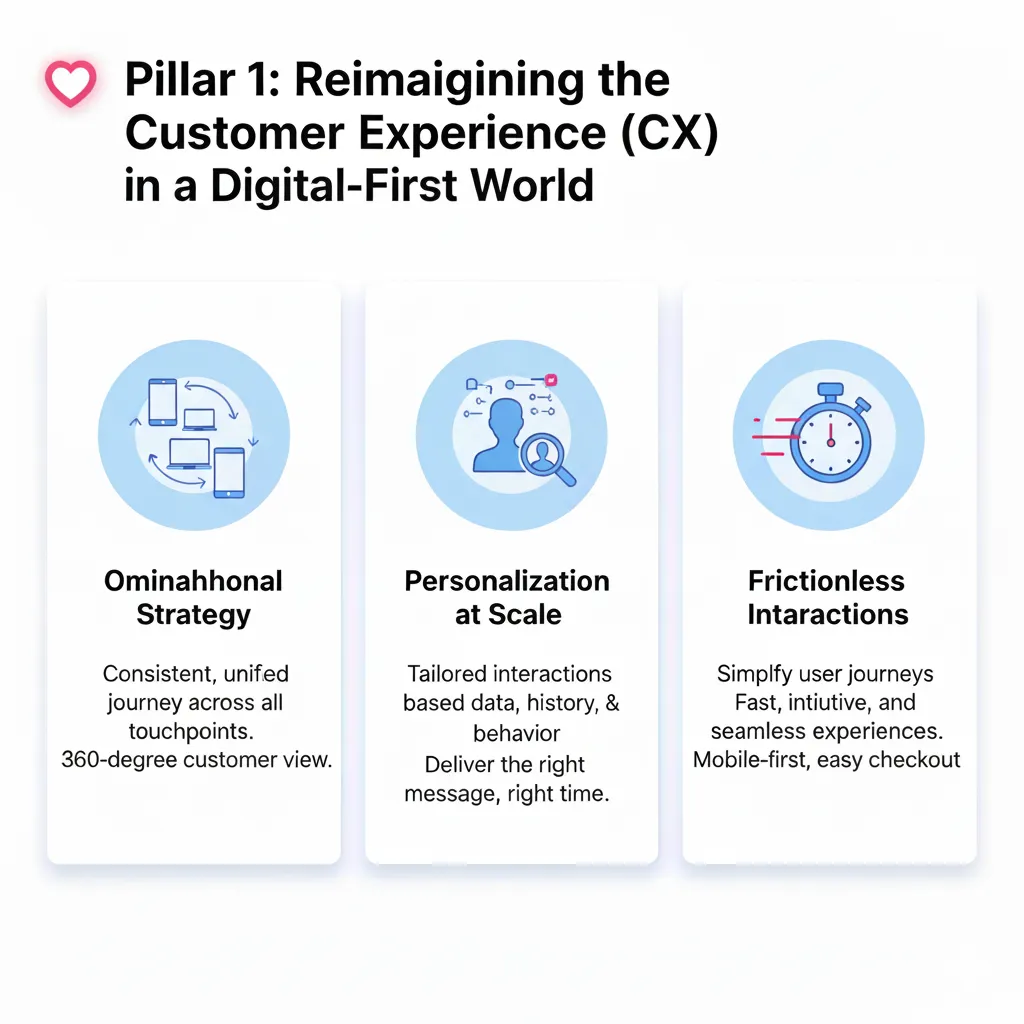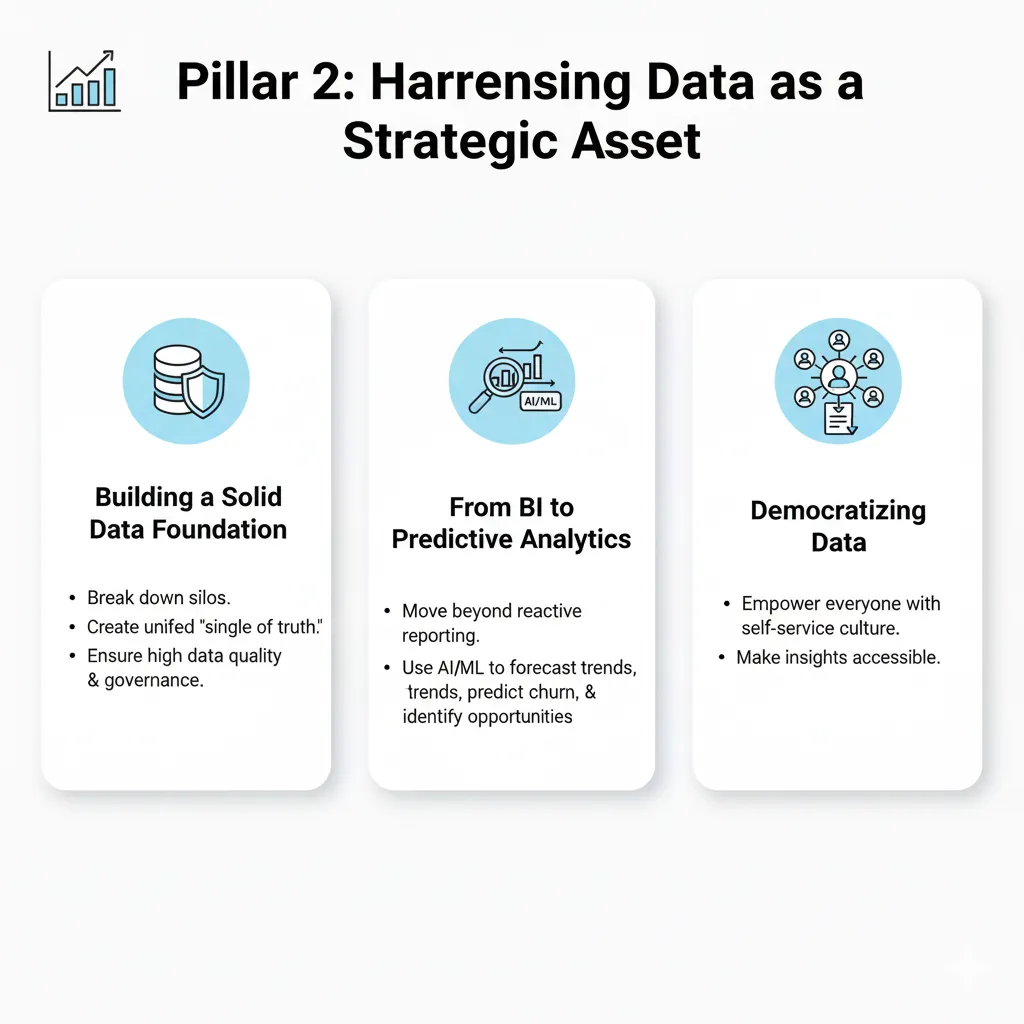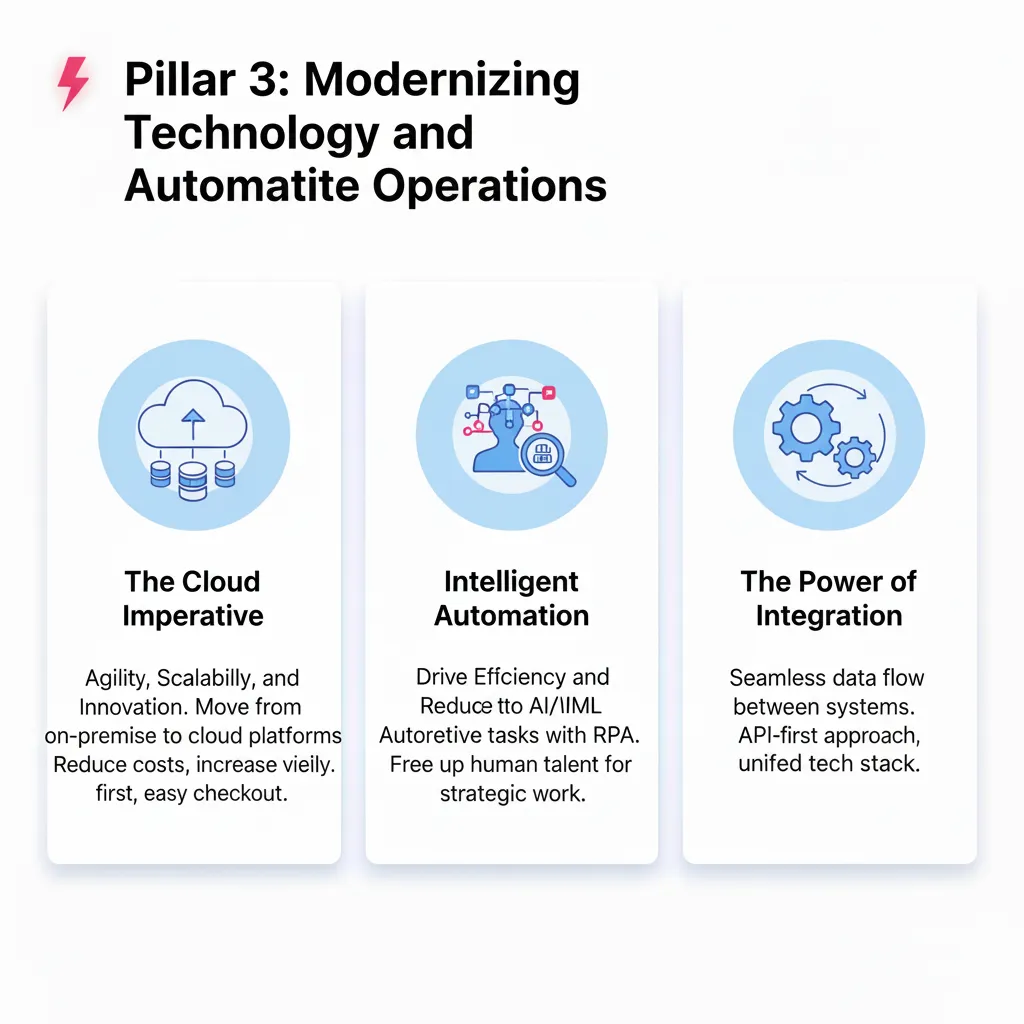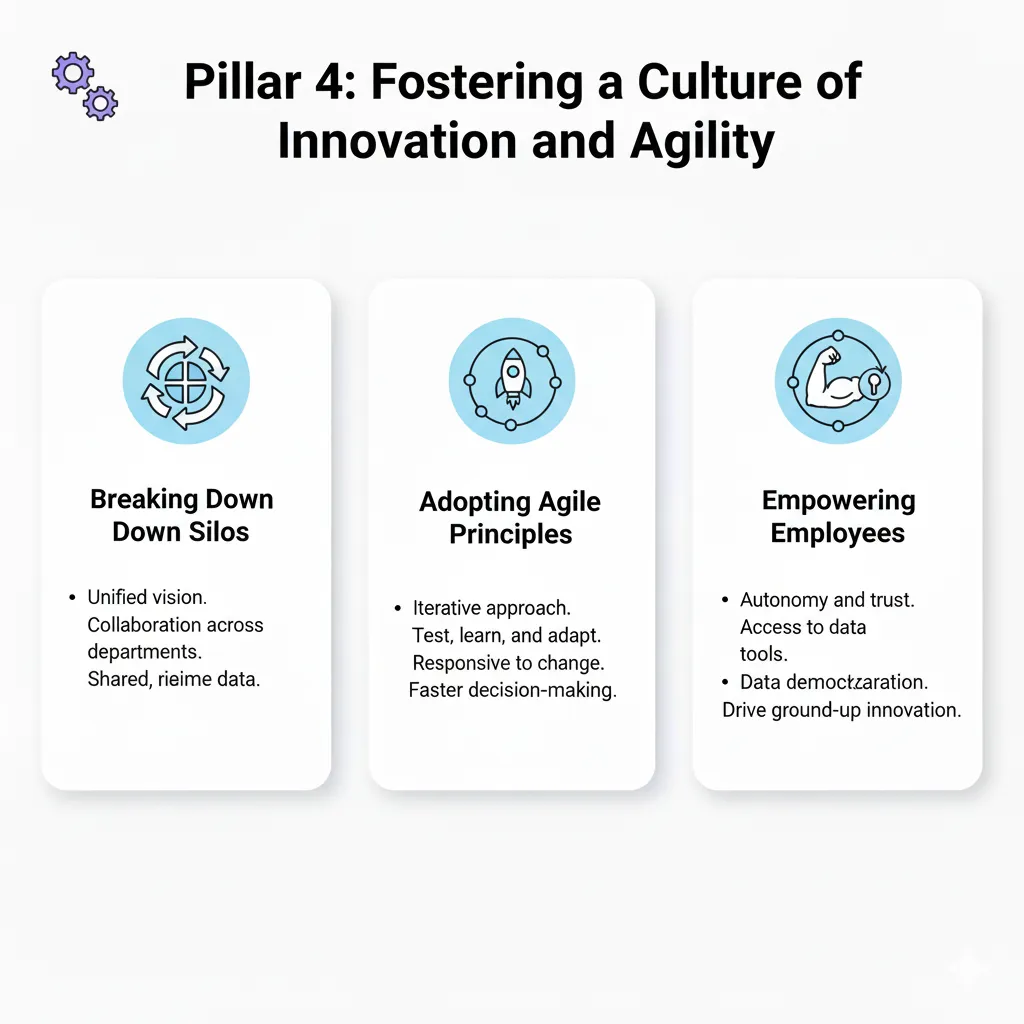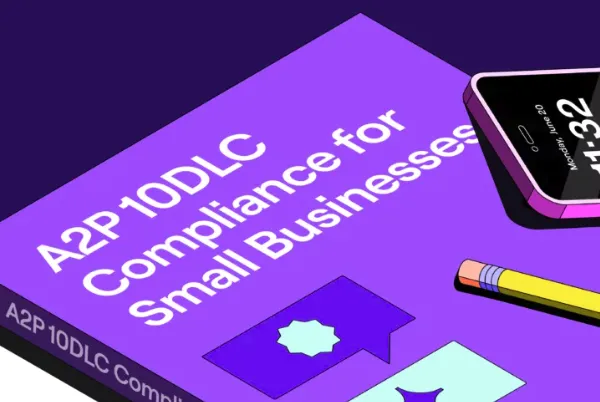
Exhaustive A2P 10DLC Campaign Vetting Success: A Prescriptive Guide for 1stContact.ai Users to Resolve ‘MESSAGE_FLOW’ Opt-in Rejections
I. Understanding the A2P Compliance Imperative
The Application-to-Person (A2P) 10-Digit Long Code (10DLC) regulatory framework governs business text messaging in the United States, mandating that all SMS/MMS traffic originating from an application, such as the 1stContact.ai platform, must be registered. Registration is a critical, multi-stage process involving registering the Business Profile, the US A2P Brand, and the specific Campaign Use Case. The evidence indicates that the Brand registration has been approved, shifting the focus entirely to deficiencies within the Campaign submission.

1.1 The Landscape of A2P 10DLC and Carrier Vetting
The messaging industry, guided by the Cellular Telecommunications Industry Association (CTIA) guidelines and reinforced by the Telephone Consumer Protection Act (TCPA), has established stringent requirements, particularly concerning consumer consent and message content. Compliance is necessary to achieve high delivery rates and prevent carrier filtering or significant penalties.
A significant shift occurred effective January 26, 2023, when new A2P Campaign registrations became subject to a mandatory, manual vetting process conducted by a third-party partner. This change transitioned the approval mechanism from an automated keyword check to an intense human review. This manual scrutiny means applications are now often rejected for minor inconsistencies or for information that is deemed unverifiable or too vague, specifically in the core fields like Message Flow and Campaign Description. Each rejection results in a required correction and resubmission, incurring additional vetting charges, which underscores the imperative of getting the submission correct in the subsequent attempt.
The stringent nature of this review establishes that the approval process is not based on the intent of the sender but rather on the immediate verifiability of the compliance measures. If a third-party reviewer cannot instantaneously locate the required disclosures or confirm the brand identity through the provided links, rejection becomes the default outcome.
1.2 Deconstructing the Core Rejection: MESSAGE_FLOW (Opt-in Information)
The specific denial code identified—MESSAGE_FLOW: The campaign submission has been reviewed and it was rejected because of provided Opt-in information [User Image]—pinpoints a failure in documenting and proving how the end-user provides consent (the Call-to-Action, or CTA).
The Message Flow field serves as the central narrative for the A2P campaign. It is required to detail, step-by-step, the method by which the sender obtains consent from the recipient to receive text messages. The field requires between 200 and 2000 characters to ensure adequate descriptive detail. Common causes for this specific rejection include:
Vague Narrative: A generalized statement, such as "Users opt-in via a web form," lacks the necessary detail and is frequently rejected.
Unverifiable CTA: The reviewer could not access or verify the consent mechanism due to a broken link, a form hidden behind a login, or a lack of public access to the landing page.
Deficient Opt-in Language: The language accompanying the opt-in checkbox failed to include the necessary disclosures mandated by CTIA best practices, such as reply instructions, frequency disclosure, or brand identity.
It is non-negotiable that consent must be documented digitally, be explicit, and precede the first application-generated message. Attempting to text a consumer to obtain consent via that initial text, even if they respond affirmatively, violates consent laws and results in rejection.
II. Pillar 1: Architecting Compliant User Consent (The CTA and Web Flow)
The compliance process begins with the mechanism used to capture the consumer's phone number and explicit permission to message them. This element, often a web form, must adhere to strict structural and content rules to satisfy A2P 10DLC requirements.
2.1 Web Form Opt-In: Ensuring Express, Written Consent
When utilizing a web form on a GHL Funnel or external website, the structural layout must support express, written consent. The criteria include:
Selectable and Un-checked: The opt-in checkbox securing permission to send SMS notifications must be optional, selectable by the end-user, and cannot be pre-selected or pre-checked by default.
Separated Consent: The check box dedicated to receiving text messages must be distinct and separated from any general acceptance checkboxes, such as those for a Privacy Policy, Terms of Service, or general promotional consent for other channels (like email).
Optional Enrollment: If the phone number field is required to proceed with a general transaction (e.g., booking an appointment or downloading a resource), the specific consent checkbox for receiving SMS notifications must remain optional. Compliance rules forbid requiring both the phone number and the messaging consent simultaneously for the form to proceed.
2.2 Prescriptive Content for the Call-to-Action (CTA) Disclaimer
The text directly associated with the opt-in checkbox, known as the CTA disclosure or disclaimer, must contain five mandatory elements. This ensures the end-user understands precisely what they are agreeing to before providing their phone number. The text should not use placeholder language such as "the company" or "the business"; it must use the actual Brand Name.
A crucial compliance point often overlooked is the mandatory Opt-in Confirmation Message required for all recurring messaging campaigns. Following the initial consent on the web form, the system must immediately send a confirmation text. This confirmation message, limited to 160 characters, must also include the Program/Brand Name, message frequency, rate disclosure, help contact details, and opt-out instructions. A Message Flow narrative that fails to mention the procedure for this immediate confirmation message is fundamentally incomplete and vulnerable to rejection.
III. Pillar 2: Mastering the Message Flow Narrative (The Vetting Script)
The Message Flow field is the reviewer's audit script; it must eliminate all ambiguity and guide the reviewer directly to the proof of consent. Vague language is the most common reason for denial in this field.
3.1 The Strategic Purpose of the Message Flow Field
The Message Flow narrative (200-2000 characters) must function as a comprehensive audit trail, explaining the step-by-step process of user consent. It must clearly articulate:
The campaign's objectives and the nature of the messages sent.
The exact mechanism (e.g., web form, keyword) used to obtain consent.
The exact location (URL) where the Call-to-Action can be verified.
Confirmation that the required privacy policy and terms are accessible.
For effective vetting, the description must be so detailed that the reviewer requires only a single click to verify the consent process. If the Call-to-Action is behind a login, within a survey, or not yet publicly published, the user must provide a publicly accessible URL to a screenshot of the compliant form. This ensures the reviewer can verify the required disclosures without needing to complete the user journey.
3.2 Step-by-Step Template Construction for Web Form Opt-in (Recommended)
The narrative provided in the GHL Message Flow text box must follow a specific, linear structure to guarantee approval. The following template should be customized with specific business details.
3.3 Addressing Complex Opt-in Scenarios
For opt-in methods other than a standard, public web form, additional documentation is necessary to satisfy the third-party vetting partner:
Gated Forms or Forms Behind Login: When the consent form is not directly accessible (e.g., behind a membership login or part of a multi-step survey), the submission must supply a publicly hosted URL to a screenshot of the opt-in form. This image must clearly show the opt-in checkbox, the full disclosure language, and the associated links to the Privacy Policy and Terms and Conditions.
Verbal or Paper Opt-in: Verbal consent is generally insufficient for A2P 10DLC compliance without subsequent digital confirmation. If consent is obtained via a physical paper form, that form must be digitized (scanned or photographed) and stored electronically. A publicly hosted link to a sample image of the paper form, demonstrating the compliant disclosures, is required in the Message Flow narrative. The Message Flow must also include the exact verbal script used by the agent, followed by the text confirmation received by the user.
IV. Pillar 3: Ensuring Consistency in Campaign Details and Samples
A rejection based on the Message Flow can sometimes be a secondary result of fundamental inconsistencies between the Brand, the Website, and the Sample Messages. The manual vetting process is designed to ensure all elements align perfectly.
4.1 Campaign Use Case and Description Alignment
The Campaign Description field is critical for providing the reviewer with context for the messages. It must offer a clear and comprehensive overview of the campaign's objectives and the nature of user interaction.
A common point of failure is inconsistency between the Brand registration and the public face of the business. If the business is operating under a Doing Business As (DBA) name that differs from the legal name (the one associated with the EIN), this must be explicitly disclosed in the Campaign Description. The submission can be made compliant by including the sentence: "We are doing business as" in the Campaign Use Case Description, provided the website and all sample messages align with the DBA name. Failure to harmonize the legal entity name with the marketing name visible on the website often triggers rejections under the guise of an invalid use case or unverifiable consent.
4.2 Sample Message Compliance and Formatting
Sample messages are required to demonstrate the exact type, format, and content of the messages that will be sent to the end-user. They must be detailed, accurate, and reflective of the approved use case.
Key formatting and content requirements for sample messages include:
Minimum Requirement: At least two detailed sample messages must be provided.
Bracketing Variables: Any templated or variable fields (e.g., customer name, appointment time, one-time password) must be indicated using brackets (e.g.,
[first name],[appointment date]).Brand and Opt-Out: At least one sample message must clearly identify the message sender (brand) and include explicit opt-out instructions, such as "Reply STOP to opt-out".
Prohibited Content: The content of the messages must strictly avoid prohibited use cases, including, but not limited to, high-risk financial services, third-party lead generation, debt collection, and any S.H.A.F.T. content (Sex, Hate, Alcohol, Firearms, and Tobacco/Cannabis).
A sample message that simply reads, "You have an upcoming appointment," is insufficient because it lacks the necessary brand identity and opt-out instructions, leading to rejection.
V. Pillar 4: Regulatory Infrastructure (T&C and Privacy Policy)
Achieving A2P compliance requires robust legal infrastructure hosted on the business’s website, linked prominently near the opt-in mechanism. Deficiencies in the Terms and Conditions (T&C) or Privacy Policy structure will lead to rejection.
5.1 Non-Negotiable Requirements for Hosted SMS Terms and Conditions (T&C)
The SMS-specific Terms and Conditions must be hosted on the brand’s website and must include the following mandatory components as per carrier guidelines :
Program Identification: The official name of the SMS program and a brief description of the types of messages users can expect (e.g., appointment reminders, marketing offers).
Opt-Out Instructions: Clear, explicit instruction on how to cancel the service, typically by texting "STOP".
Help Instructions: Information on how to obtain customer support, typically by texting "HELP" or providing a support email/phone number.
Message Frequency: A disclosure regarding message frequency (e.g., "Message frequency varies," or "4 messages per month").
Cost Disclosure: A statement that "Message and data rates may apply".
Liability Disclaimer: A clause stating that carriers are not liable for delayed or undelivered messages.
Privacy Policy Link: A direct link to the business’s compliant privacy policy.
5.2 Privacy Policy Compliance: The Third-Party Marketing Exclusion
The Privacy Policy is subject to strict review, especially concerning data sharing. This requirement is frequently missed by businesses.
For a campaign to be approved, the Privacy Policy hosted on the website must explicitly contain language stating that "Consumer information is not shared with third parties for marketing purposes.". If the business model involves selling or transferring collected customer data to third parties for marketing use, the campaign inherently constitutes a forbidden use case, regardless of how robust the opt-in mechanism appears. This compliance point ensures that the collected consent is for the brand registering the campaign only.
VI. Step-by-Step GHL Resubmission Protocol
The resolution of the MESSAGE_FLOW rejection is a systematic process requiring verification of the external infrastructure before updating the Campaign application within 1stContact.ai.
6.1 Pre-Submission Checklist: Fixing the Infrastructure
Before resubmitting the Campaign, the following external assets must be fully corrected and verified:
Compliance Audit of Web Forms: Review all forms used for phone number collection. Confirm that the required five-point CTA disclosures are present, the consent checkbox is optional, and the design ensures visual separation from other legal consents.
Verify Legal Documents: Ensure the T&C page is live and contains all seven mandatory SMS-specific disclosures (Section 5.1) and that the Privacy Policy explicitly prohibits third-party data sharing for marketing.
Prepare Verification Asset: If the opt-in form is not on a public landing page, capture a clear screenshot of the entire form showing the compliant disclosures. Host this image on a publicly accessible service (e.g., Google Drive, OneDrive) and secure a direct, shareable URL.
Draft Detailed Narrative: Construct the comprehensive Message Flow narrative (200-2000 characters) using the template structure detailed in Section 3.2, including the precise confirmation message text.
6.2 Field-by-Field Entry Walkthrough for Guaranteed Compliance (Resubmission)
Since Campaign rejections are eligible for resubmission after corrections, the procedure involves navigating to the Trust Center within the GHL sub-account and submitting a new, corrected campaign.
Access Campaign Registration: Navigate to the Trust Center in GHL Settings and access the Campaign registration menu.
Campaign Description Entry: Ensure the description is detailed and aligns with the selected use case. Critically, if the brand identity on the website differs from the legal name, include the explicit DBA statement in this field.
User Consent (The Message Flow Field): Paste the newly drafted, detailed narrative (Section 3.2). This narrative must contain the full steps the user takes to opt-in, quote the compliant CTA language, describe the immediate confirmation text, and provide the direct, verifiable URL (either the live landing page link or the hosted screenshot link).
Sample Messages Entry: Provide at least two sample messages. Ensure brand names are present, variables are bracketed, and at least one message includes "Reply STOP to opt-out".
Opt-in Confirmation Message Entry: Enter the 160-character compliant confirmation message that the user receives immediately after consent is granted.
Submission: After verifying all fields match the compliant external infrastructure, submit the campaign. This triggers a manual review and the associated vetting fee.
6.3 Post-Approval Monitoring and Best Practices
Successful approval confirms only that the documentation provided meets carrier standards. Long-term deliverability and compliance depend on strict adherence to the approved Message Flow and use case.
Once the campaign is approved, the business must ensure that all messaging platforms honor the compliance rules established in the submission. This includes maintaining records of consent documentation (the digital proof of who opted in and when) and ensuring all messages include clear opt-out language, which GHL automations typically facilitate with the default
STOP keyword handling. Furthermore, leveraging GHL’s native forms and funnels can often streamline the verification process compared to highly customized external websites, as GHL infrastructure is optimized to provide the compliance framework required for A2P submission verification.
VII. Conclusion and Actionable Recommendations
The persistent rejection of the A2P Campaign based on the MESSAGE_FLOW error indicates a critical failure in demonstrating legally sufficient consumer consent. The issue is universally rooted in a lack of verifiability and the omission of mandatory disclosures in the Call-to-Action and legal infrastructure.
The recommended course of action is an immediate overhaul of the opt-in mechanism and associated documentation prior to resubmission. Specifically, the business must:
Ensure Verifiability: The Message Flow narrative must be rewritten to serve as an explicit, step-by-step guide for the third-party reviewer, culminating in a direct, accessible URL link that immediately proves the existence of the compliant CTA. If the form is gated, a publicly hosted screenshot must be provided.
Implement Five-Point Disclosure: The text adjacent to the opt-in checkbox on the lead capture form must be updated to include the Brand Name, Message Frequency, HELP instruction, STOP instruction, and the Message/Data Rates disclaimer.
Validate Legal Documents: The website’s Privacy Policy must include the explicit ban on sharing data for third-party marketing, and the Terms and Conditions must feature all seven mandatory SMS-specific disclosures.
Incorporate Confirmation SMS: The Message Flow description must explicitly detail the immediate Opt-in Confirmation message that the user receives upon initial opt-in, as this is a non-negotiable component of a recurring messaging flow.
By addressing these four compliance pillars comprehensively and using the provided templates to construct the Message Flow and sample messages, the probability of campaign approval upon resubmission increases significantly, mitigating further costs and delivery interruptions.
